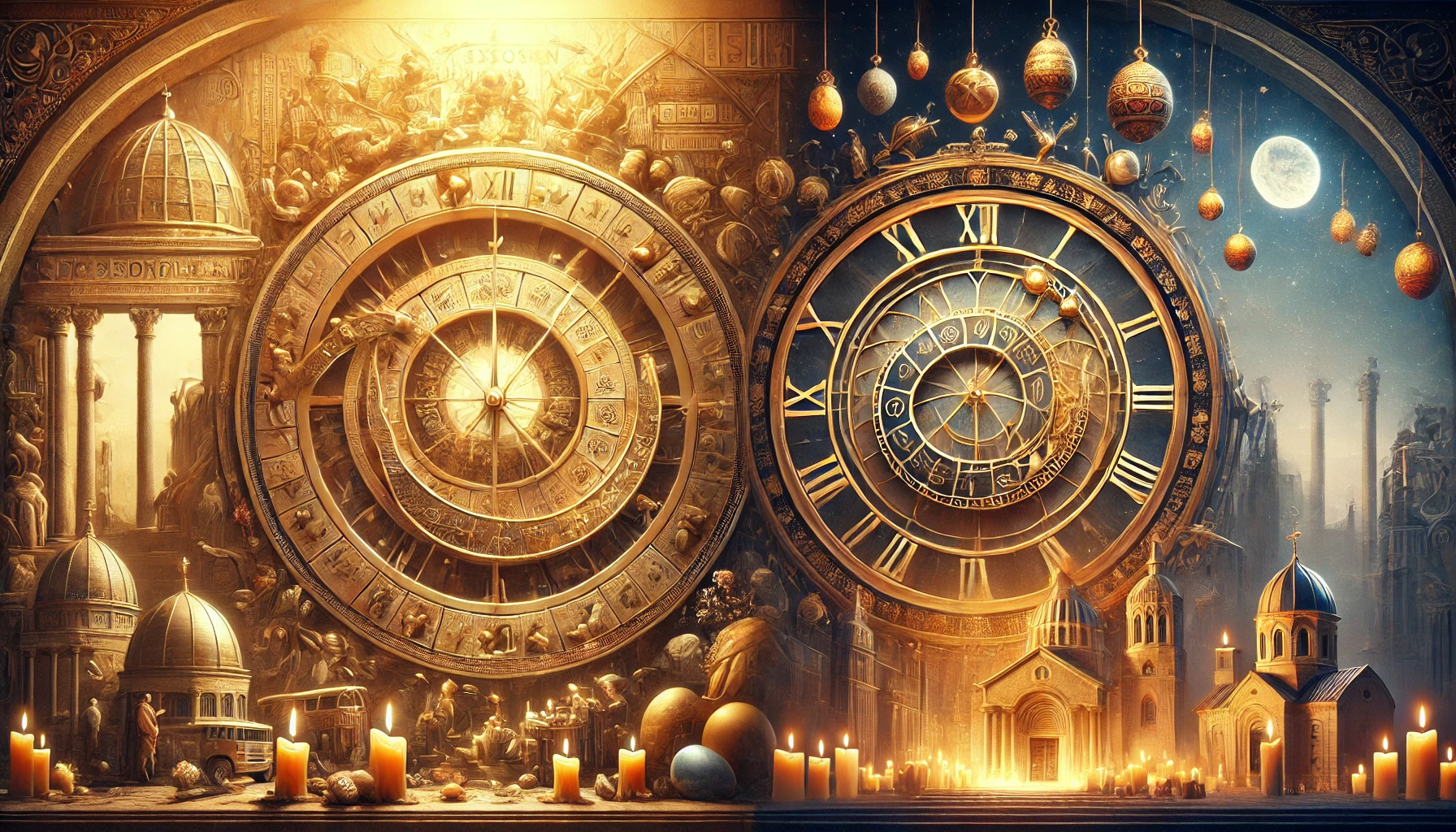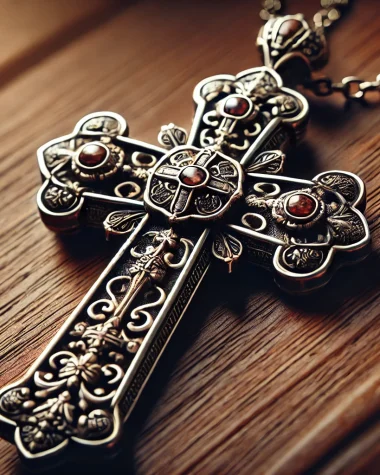The celebration of Easter is deeply tied to the intricate dance of calendars, a historical divergence that continues to shape Christian traditions around the world. At the heart of this difference lie two calendars: the Julian, introduced by Julius Caesar in 45 BCE, and the Gregorian, established by Pope Gregory XIII in 1582. Though both were designed to keep time with the cycles of the sun, their small variations have had lasting effects on when Easter is celebrated in different Christian communities.
Table of Contents
The Origins of the Julian Calendar
The Julian calendar was a groundbreaking reform for its time. Before its introduction, the Roman Republic used a lunar calendar that often fell out of sync with the solar year, leading to frequent adjustments. Julius Caesar, with the help of the Alexandrian astronomer Sosigenes, developed a new system that divided the year into twelve months based on a 365.25-day cycle. To account for the additional quarter-day, a leap year was introduced every four years. This adjustment significantly improved accuracy but contained a slight miscalculation. The actual solar year is approximately 365.2422 days long, meaning that the Julian calendar drifted by about eleven minutes annually. Though a minor error, over centuries it led to a growing misalignment between the calendar and astronomical events.
The Gregorian Reform
By the Middle Ages, the Julian calendar had drifted by about ten days. This caused significant disruptions to the Church’s liturgical calendar, particularly regarding Easter, which was meant to be celebrated in relation to the vernal equinox and the first full moon of spring. Recognizing the need for a correction, Pope Gregory XIII commissioned a reform, which led to the introduction of the Gregorian calendar in 1582. The new system refined the leap year rule by omitting leap years in most century years unless divisible by 400. This minor but crucial adjustment realigned the calendar with the solar year.
To correct the accumulated drift, the Gregorian reform also required the immediate removal of ten days from the calendar. Thus, the day after October 4, 1582, became October 15. This sudden shift was met with some resistance, particularly from Protestant and Orthodox nations, who viewed the change as a Catholic initiative. As a result, while Catholic countries like Spain, France, and Italy quickly adopted the new system, many Protestant and Eastern Orthodox regions continued using the Julian calendar for centuries.
The Calendar Divide and Easter’s Changing Date
One of the most profound effects of the calendar split is the differing dates of Easter. Easter is calculated based on the first full moon following the vernal equinox, a formula originally tied to the Jewish Passover. Because the Gregorian and Julian calendars differ in how they track the equinox, the Orthodox Christian Easter, which follows the Julian system, usually falls later than the Easter celebrated in the Western Christian tradition. Occasionally, the two dates align, but more often than not, they are separated by one or more weeks.
Even within the Orthodox Christian world, some churches, such as the Greek Orthodox Church, use a revised version of the Julian calendar for fixed feast days but continue using the Julian calendar for Easter. This adds another layer of complexity to an already intricate system of datekeeping.
Fascinating Facts About the Calendar Debate
A Revolutionary Shift: The Gregorian calendar’s introduction was not universally accepted. Britain and its American colonies did not adopt the new system until 1752, nearly 170 years after its initial implementation. As a result, there were times when England and Catholic Europe celebrated Easter on different days, leading to confusion and even political tension.
Russia’s Long Julian Legacy: Russia did not adopt the Gregorian calendar until after the Bolshevik Revolution in 1918. This explains why the famous Russian October Revolution, which began on October 25, 1917, is now marked as occurring on November 7 in the modern Gregorian calendar.
A Call for Unity: In recent years, there have been discussions about unifying the date of Easter for all Christian denominations. The World Council of Churches and various religious leaders have proposed using a fixed date or adopting astronomical calculations to determine a single Easter date that could be universally observed. However, deep-rooted traditions and theological considerations have made this a challenging goal.
A Calendar Older Than Rome: While the Julian calendar was a major innovation in its time, it was not the first attempt at a solar-based system. Ancient Egyptians had already devised a 365-day calendar with a similar leap year system, though it lacked the fine-tuning adjustments later introduced by the Julian and Gregorian reforms.
Easter’s Timeless Message
Though efforts have been made to unify the date of Easter, the historical significance and deep-rooted traditions tied to both calendars have kept them distinct. The result is a fascinating duality, where millions of Christians worldwide mark the holiest day of the year on different Sundays, each holding steadfast to a tradition that has been passed down through generations.
Despite the variations in calendar systems, Easter’s message remains unchanged. It is a celebration of renewal, hope, and the triumph of life over death. Whether following the Julian or Gregorian reckoning, believers worldwide come together to commemorate Christ’s resurrection, demonstrating that faith transcends the boundaries of timekeeping and historical divisions.






